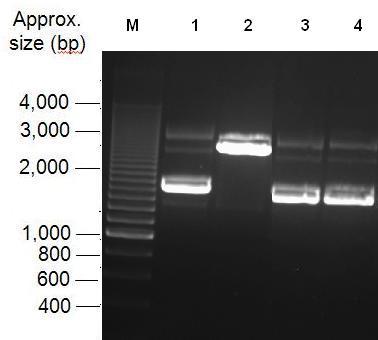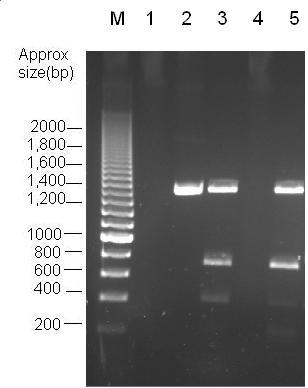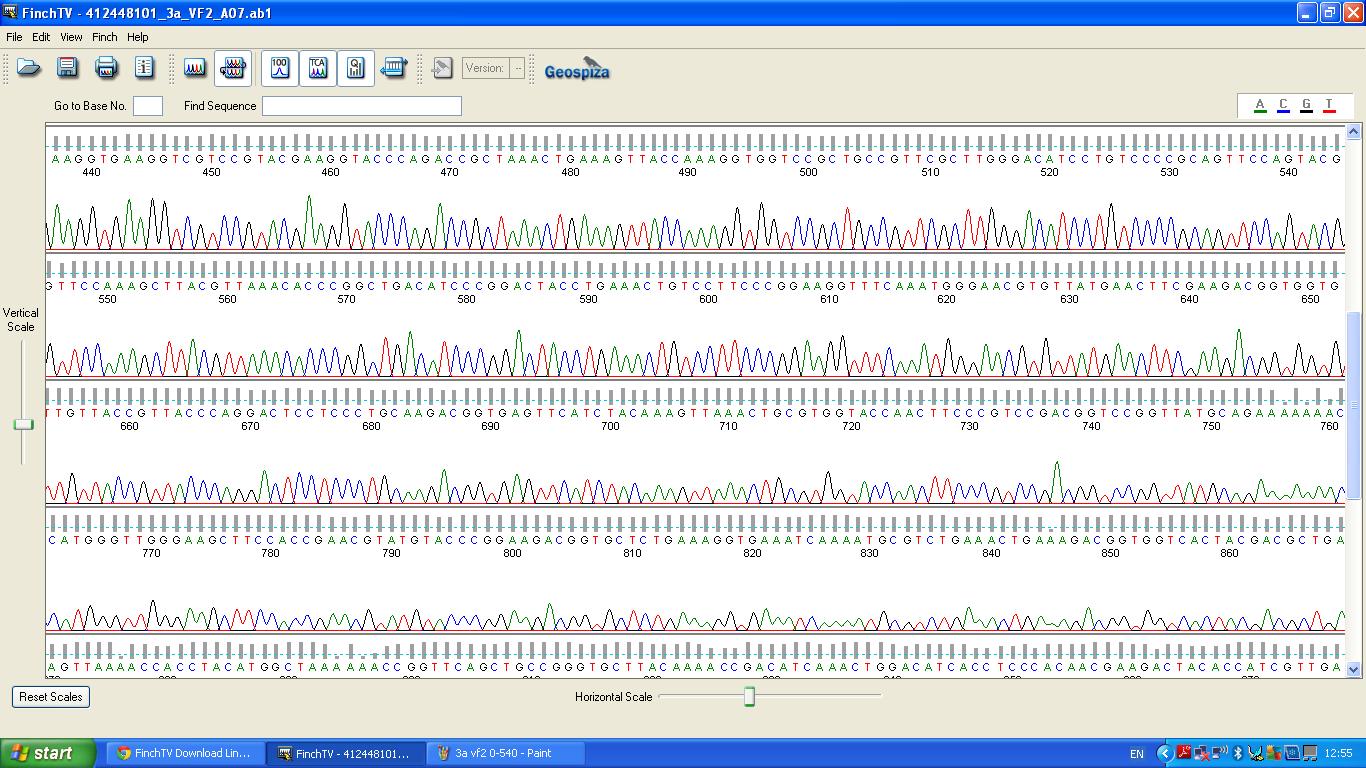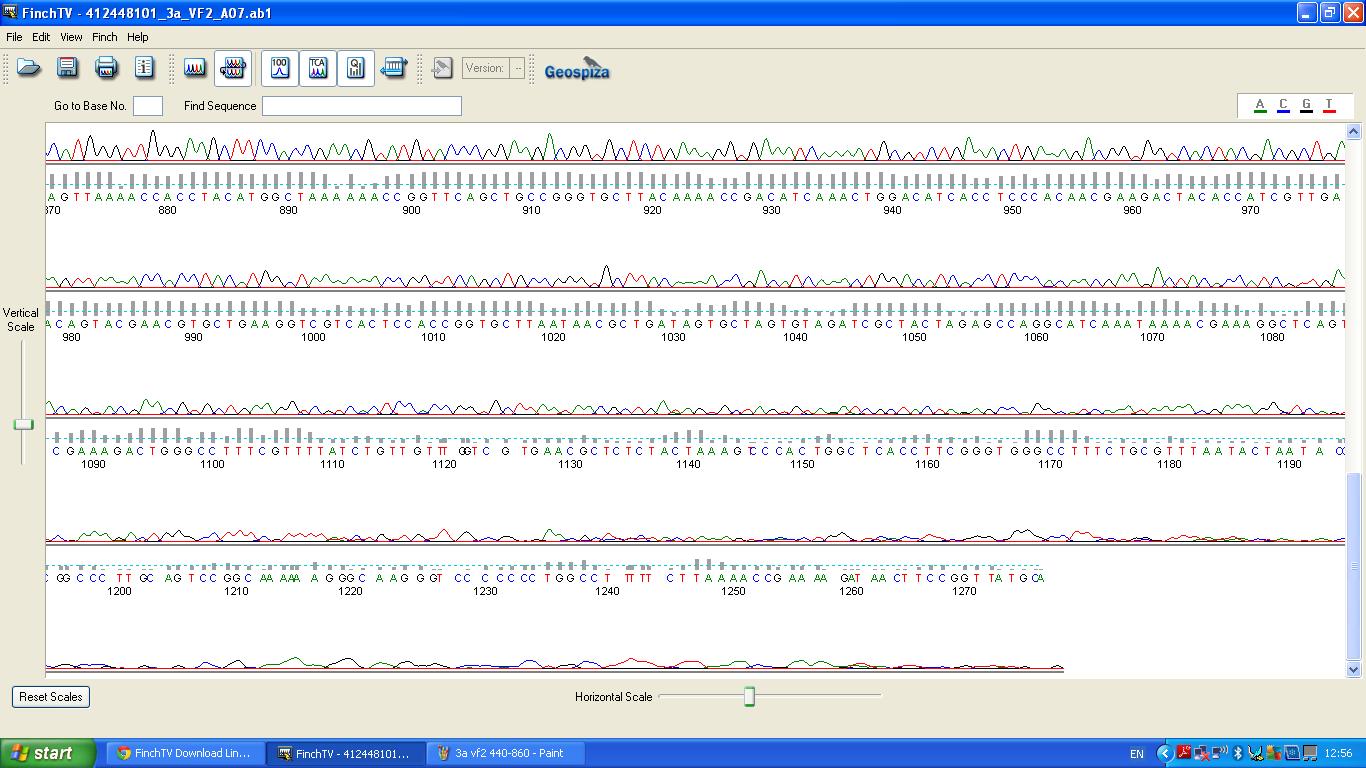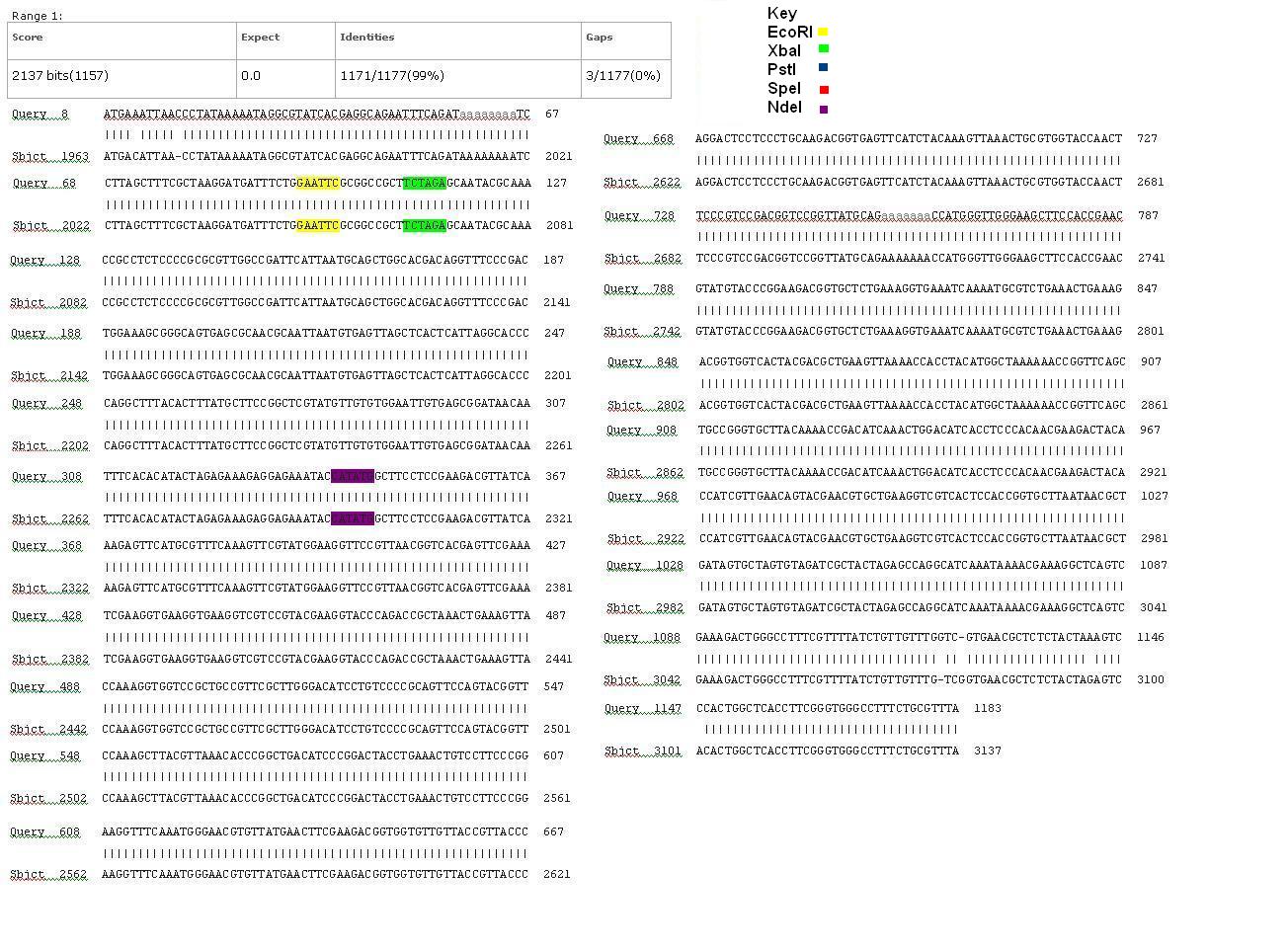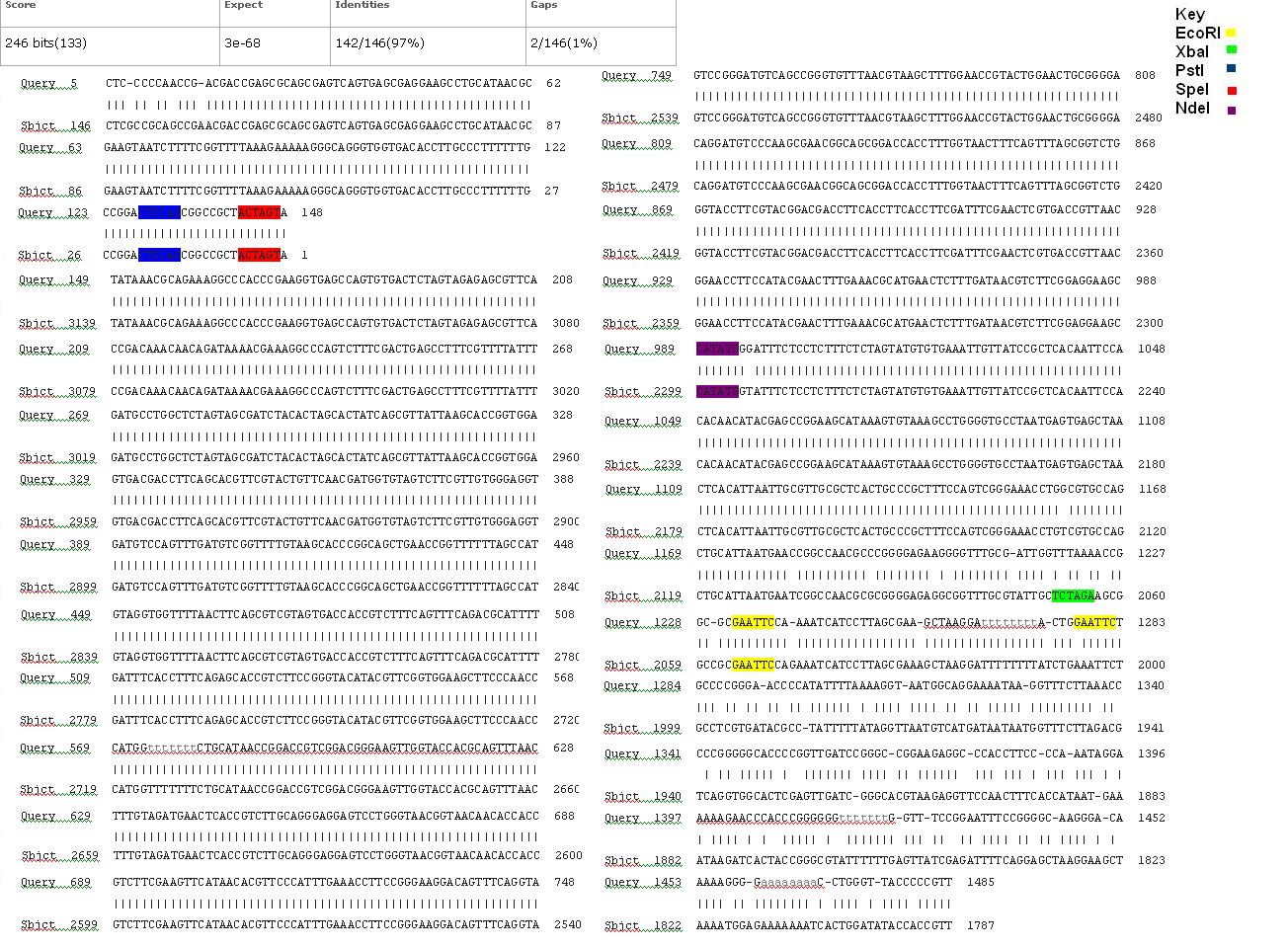Part:BBa_K1041000:Experience
This experience page is provided so that any user may enter their experience using this part.
Please enter
how you used this part and how it worked out.
Team NRP-UEA_Norwich 2013
Team NRP-UEA_Norwich 2013 added an NdeI restriction site at the start of the RFP coding region of BBa_J04450 using mutagenesis. This was to allow either the promoter region or RFP gene to be excised and exchanged for a different promoter or gene and provide restriction sites for further cloning such as part Bba_K1041002.
An experiment was designed to compare the intensity of red produced by RFP using part Bba_K104100 to that produced by Bba_J04450. Both parts were transformed into E. Coli cells and spread on agar plates containing Chlorophenicol. A culture from each plate was used to inoculate a 10ml LB solution each and left to incubate overnight at 37C. After 24 hours of growth both cultures contained no red colour, so the cultures were left to incubate longer. After 48 hours of growth the culture containing cells with part Bba_J04450 had a deep red colour but the culture with Bba_K104100 still had no colour. Further experiments are needed to establish why our part produces a clear red colour on an agar plate but not in solution.
Characterisation
of this biobrick involved comparisons with the original Bba_J04450 biobrick by performing transformations, restriction digests and BLAST analysis. We also had our biobrick sequenced.
Transformation
Parts BBa_K1041000 and BBa_J04450 were transformed into Alpha-Select competent E.Coli cells and plated onto LB Agar plates which contained the antibiotic ampicillin. Both plates have colonies that appear red under natural light Fig.1. Therefore the addition of a NdeI site has not effected the ability for the RFP gene to be transcribed.
Restriction Digests
Parts Bba_K1041000 and Bba_J04450 were analysed by restriction digests and run on agarose gels. Both biobricks were cut with NdeI, Fig 2 and PvuII Fig 3.
Sequencing
The biobrick was sent off to a company for sequencing, Fig 3,4,5.The data we recieved back showed the DNA is of good quality.
BLAST Analysis
The data we recieved back from the sequencing company was aligned using BLAST with the expected DNA sequence Fig 6,7
User Reviews
UNIQee35e957a21124d3-partinfo-00000000-QINU UNIQee35e957a21124d3-partinfo-00000001-QINU


